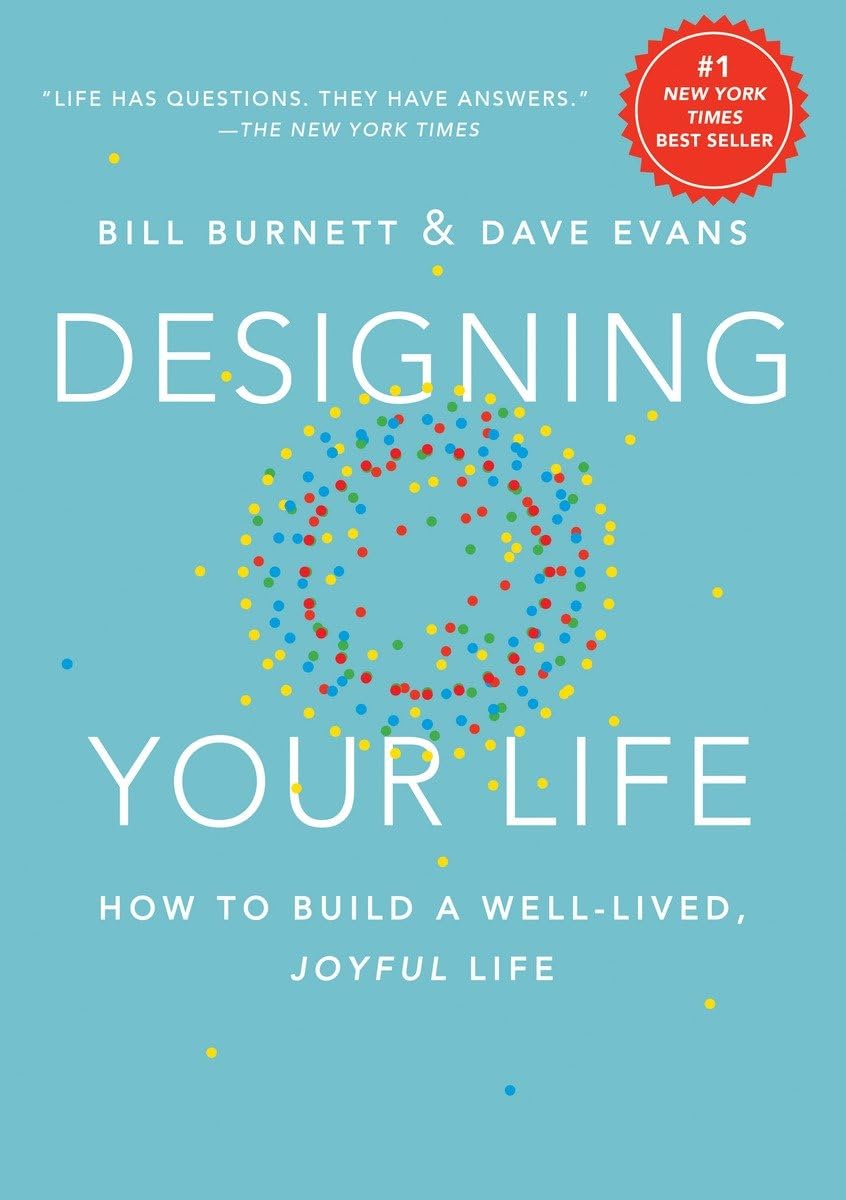Review of “Designing Your Life” by Bill Burnett and Dave Evans
As an avid reader interested in personal development and design thinking, I was drawn to “Designing Your Life,” a #1 New York Times bestseller that claims to help you create a meaningful life at any age. The concept of applying design thinking to life decisions intrigued me, as I believe in the power of intentionality in crafting our personal and professional futures.
From the very beginning, I appreciated how Burnett and Evans approach the topic with a unique lens—designers solve problems, and they argue that we too can design a life that works for us. The book is packed with actionable insights, and it’s structured in a manner that’s engaging and easy to digest.
What I Loved:
One of the standout aspects of the book is its accessibility. I found the information both insightful and straightforward, making it suitable for readers of all backgrounds. For instance, a reviewer named sandm commented on its practicality for aligning one’s passions with life goals, which resonated deeply with me as I navigated my own career path. The book emphasizes that it’s never too late to re-evaluate your life and make changes, an encouraging message echoed throughout the pages.
Additionally, the authors encourage readers to utilize “Odyssey Plans,” an exercise designed to brainstorm multiple life paths. This has the potential to alleviate the fear of making the wrong decisions, as one reviewer noted—it allows for exploration rather than paralysis. I saw the possibility of opting for different lives, enabling me to think beyond conventional paths while designing my future.
Room for Improvement:
However, the book does have its drawbacks. While many readers found value in its structured approach, some, like Dave Skinner, noted that the focus on careers might not resonate with everyone. As I read through various sections, I noticed that while the book is rich in exercises and prompts for career-oriented individuals, it may not provide the same depth for those solely looking for personal growth in other aspects of life.
Moreover, I found that the narrative can feel somewhat repetitive, with similar concepts being revisited without offering new insights each time. This could be disheartening for readers expecting a more expansive scope, particularly if they are seeking answers to life questions beyond career design.
Overall Experience:
In terms of its writing style, I appreciated the conversational tone that felt engaging and not overly academic. This book wasn’t just about theory; it presented tangible exercises that readers can apply to real-life situations. Many reviews showcased how people, from students to retirees, found it beneficial in structuring their lives meaningfully, confirming the relevance of design thinking in various stages of life.
In conclusion, “Designing Your Life” offers valuable insights and tools for anyone willing to take a fresh approach to their life’s problems. While it may skew towards career advice, the underlying principles apply broadly to life and personal fulfillment. I would recommend it for those looking for that nudge to rethink their direction, as it truly inspires a desire to design a life that feels authentically fulfilling.
Overall, I would rate this book at 4.5 stars. It’s not without its flaws, but the positives far outweigh them for anyone interested in personal development and creativity in life design. Whether you’re embarking on a new chapter or reassessing your current path, this book is undoubtedly a worthwhile read.
Discover the blueprint for a fulfilling life with Designing Your Life.
>>








